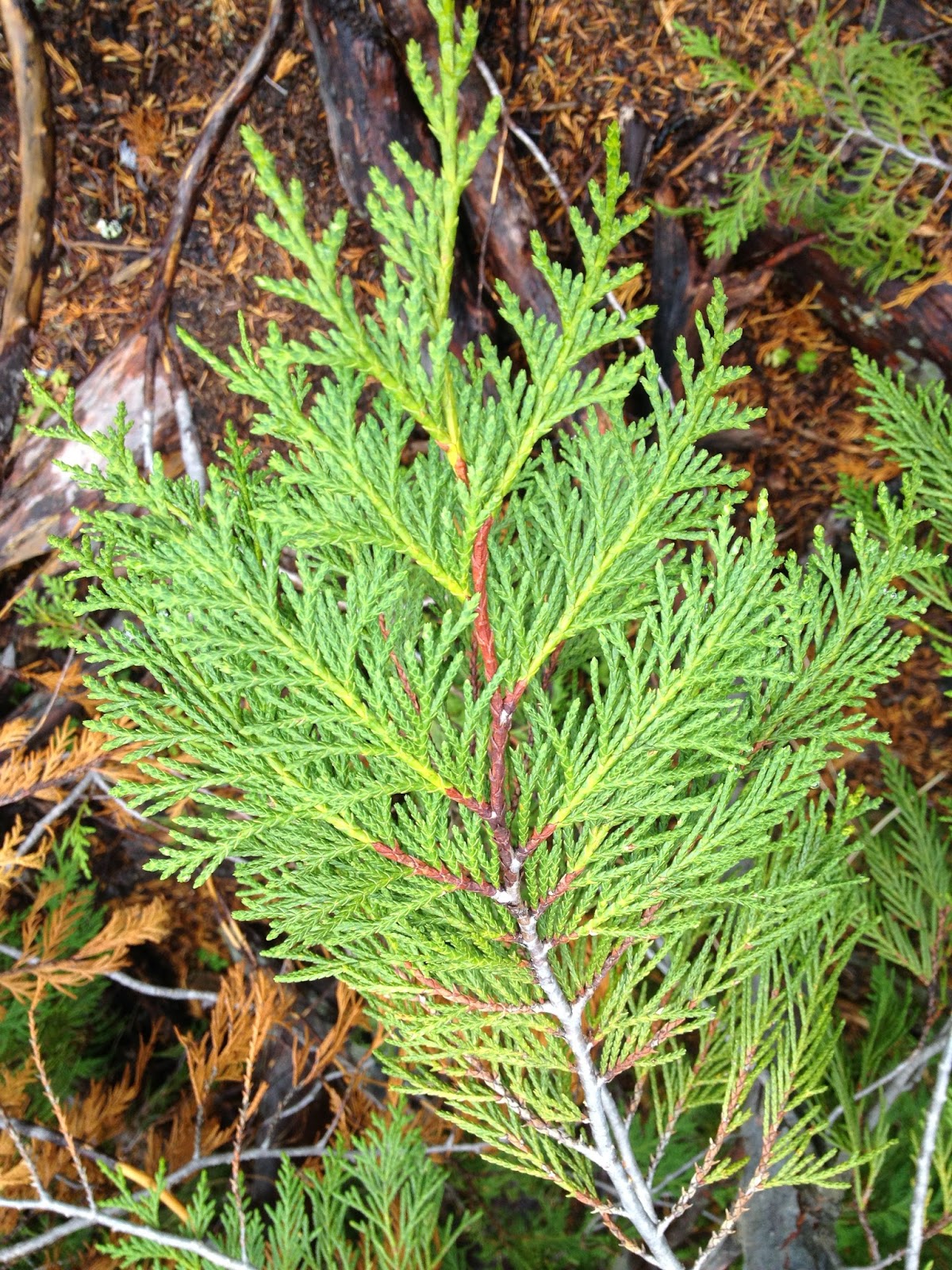Throughout this quarter I have
noticed many changes within my observation site whether it be different species
of birds being introduced to new fungi emerging from nurse logs. Since I grew
up in the area of Redmond, my area was very familiar to me and I had a sense of
what life was like here. I have been to this specific site in the preserve as
well but I did not realize the diversity of life it supported. Before I though
there were only chipmunks and robins that ruled the trees while simple shrubs
and mosses grow on the ground with scattered fungi here and there. After
looking closely at the physiological changes that were occurring as the season
progressed into different temperature and precipitation. Over the course of
this quarter I had began to notice the different structures in plants and trees
that made them unique in this part of the world and I began to understand each
role these specific species had in this ecosystem. What really made me realize
the diversity of this forest my and my perception of this area was the presence
of a variety of birds. I witnessed multiple woodpeckers such as the pileated,
northern flicker, and the downy. Before I though this area was highly developed
area where families brought their loud kids to ride bikes but I soon found out
it was much different. This area was actually a peace habitat for all species
to live naturally with little human disturbance.
Before this class I knew that the
Puget Sound was unique in specific ways and had keys differences from other
places around the world. What I did not realize is how it was created and
shaped by glacial movements in the past. Just that alone amazed me and made me
understand how unique and diverse the Puget Sound area is when it comes to
wildlife and land forms. This class has given me so much knowledge about the
area in which I live in and this has made me gain a sense of home and belonging
when I am in this area’s natural state. Yet I also gained a greater perception
of the dangers this beautiful region faces in the future due to human impact
and development. I now realize that my home isn’t invincible even though it is
resilient. I now have more compassion for the wildlife that inhabits the Puget
Sound just as I do. By learning all of this information and actually being able
to get out into the field and see these physiological changes and examples that
show the history of this region, I began to understand how this area is truly
one of a kind.
When I think about the word
intimacy I think about having a strong personal connection with someone or
something. When I started to visit my natural area, I treated it just like any
other natural area in my hometown. I followed the skills boy scouts taught me
about leave no trace and respected the wildlife that inhabited this natural site.
After about a month I started getting into a rhythm of visiting my site and
taking note of the physical changes as the season progressed. I even went to my
site more than once a week because I had nothing else to do and wanted to get
outside and be in nature. I started to feel a bond forming with this area
because I started to see things that few people get the opportunity to witness
when they just take a casual stroll through the trails once in a while. I feel
bad for people that can’t or don’t want to experience nature and develop a
relationship with nature and the wilderness. Through constant observation and
noticing differences over the quarter, I really begun to think about how my
impact affects this area since it is close to my home. By gaining a compassion
for the life that dwells in this watershed preserve and realizing that my
lifestyle can have a direct impact on this beautiful area. When one comes to
terms that they can really cause issues with a place close to their heart then
it makes big changes in their life, the way they live, and the way they view
the world.















.JPG)
.JPG)





.JPG)











.JPG)
.JPG)

_copy.jpg)